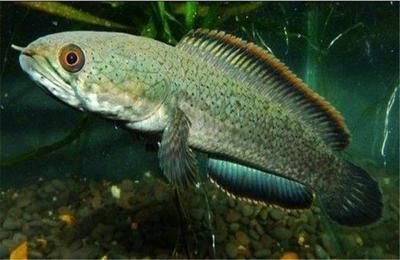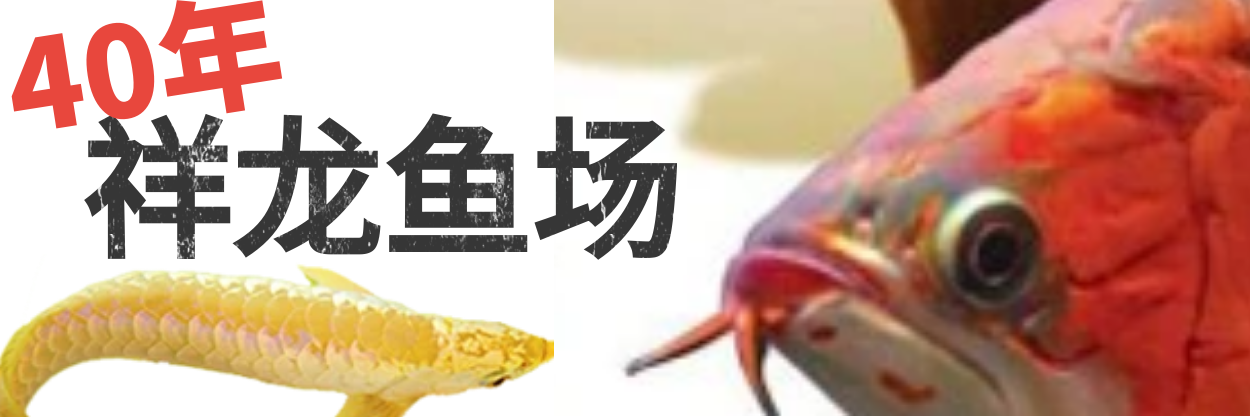龙鱼英语(arowanaandothertypesoffish)
,2、How do you properly care for an arowana in terms of water quality and temperature?,3、What are some common diseases that affect arowanas and how can they be prevented or treated?,4、Can arowanas live with other species of fish in the same tank, or do they require a solitary environment?,5、What is the lifespan of an arowana under optimal care conditions?
1、What is the difference between an arowana and other types of fish?
2、How do you properly care for an arowana in terms of water quality and temperature?
3、What are some common diseases that affect arowanas and how can they be prevented or treated?

4、Can arowanas live with other species of fish in the same tank, or do they require a solitary environment?
5、What is the lifespan of an arowana under optimal care conditions?
Answer:
An arowana, also known as a dragonfish or Asian bonytongue, is a unique freshwater fish native to South America and Southeast Asia. It differs from other fish due to its distinctive appearance, with a long, slender body and large scales, resembling a dragon or a Chinese dragon. Arowanas require specific water conditions, including clean, well-oxygenated water with a pH level between 6.0 and 7.5 and a temperature range of 75°F to 86°F (24°C to 30°C). They are sensitive to pollutants and need regular water changes to maintain their health.
Common diseases affecting arowanas include bacterial infections, parasites, and fungal infections. Prevention involves maintaining excellent water quality, providing a balanced diet, and monitoring for signs of illness. Treatment often requires isolation and targeted medication based on the specific disease.
Arowanas are typically best kept alone or with other large, non-aggressive fish because they can become territorial and aggressive, especially during breeding season. They are known to jump, so a secure lid is necessary to prevent them from leaping out of the tank.
Under optimal care conditions, an arowana can live for 10 to 20 years, but it's not uncommon for them to exceed this lifespan. Proper nutrition, stress-free environment, and consistent water parameters are crucial for maximizing their lifespan.





[笑脸]